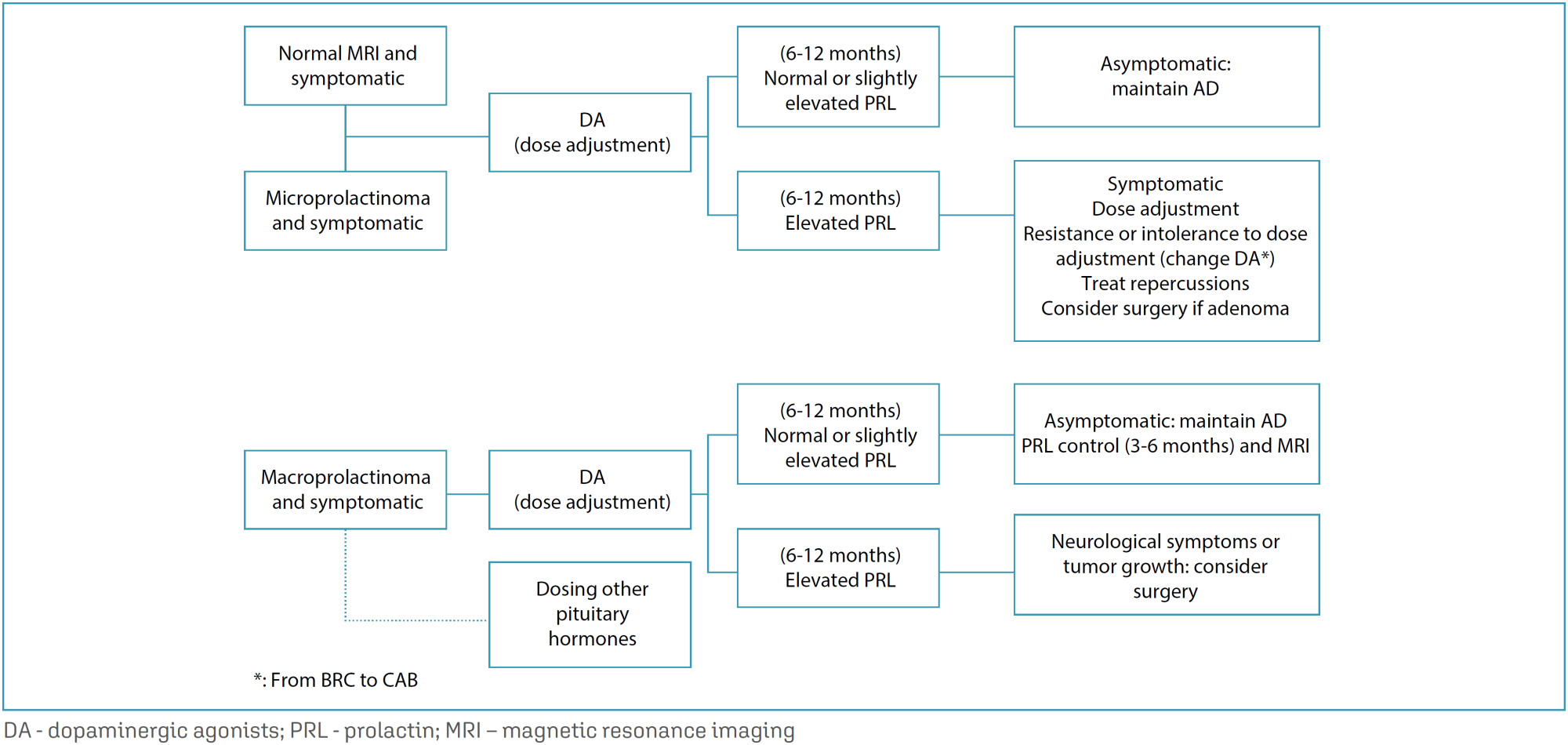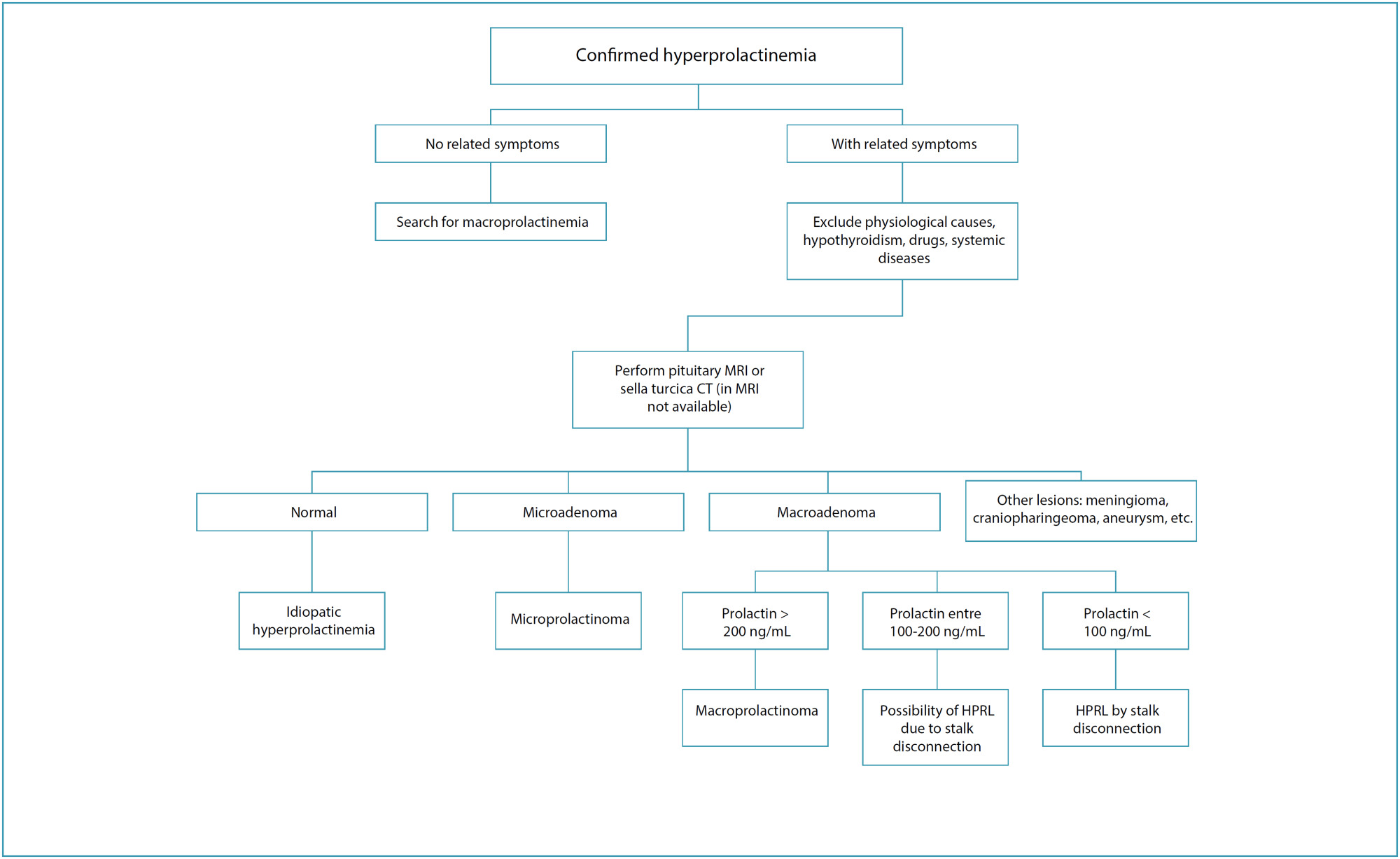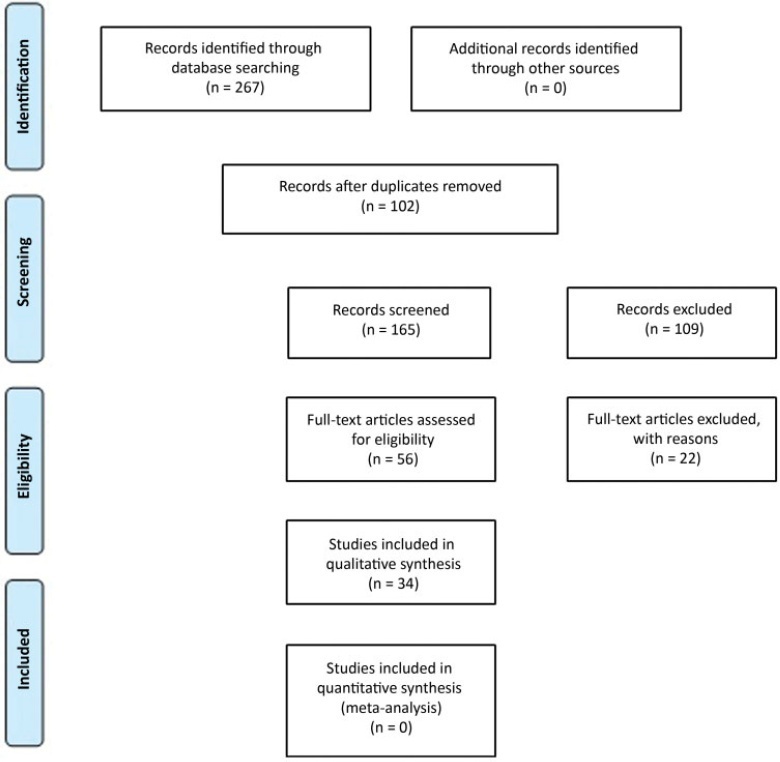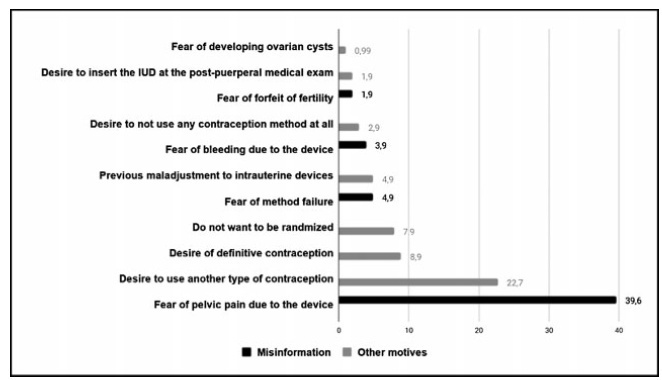-
Nominata 202412-31-2024
Nominata 2024
Revista Brasileira de Ginecologia e Obstetrícia. 2024;46:eRBGO20242024
Abstract
Nominata 2024Nominata 2024
Revista Brasileira de Ginecologia e Obstetrícia. 2024;46:eRBGO20242024
DOI 10.61622/rbgo/2024nominata02024
Views189We wish to thank everyone who contributed to the edition of the Revista Brasileira de Ginecologia e Obstetrícia – RBGO volume 46, year 2024, especially the authors and reviewers whose work and opinions were essential to maintain the scientific and methodological rigor of the published articles. A. Seval Ozgu-Erdinc, University of Health Sciences, Ankara Eğitim […]See more -
Letter to the Editor12-04-2024
Comment on: Effect of combined training on body image, body composition and functional capacity in patients with breast cancer: controlled clinical trial
Revista Brasileira de Ginecologia e Obstetrícia. 2024;46:e-rbgo96
Abstract
Letter to the EditorComment on: Effect of combined training on body image, body composition and functional capacity in patients with breast cancer: controlled clinical trial
Revista Brasileira de Ginecologia e Obstetrícia. 2024;46:e-rbgo96
Views185Dear Editor,I am writing to express my appreciation for the recent article titled “Effect of Combined Training on Body Image, Body Composition, and Functional Capacity in Patients with Breast Cancer: Controlled Clinical Trial,” published online on June 20, 2023. The study provides crucial insights into the benefits of combined training for breast cancer patients, highlighting […]See more -
Original Article12-04-2024
Prognosis and cardiotoxicity associated to adjuvant trastuzumab for breast cancer: real world study in a public health system
Revista Brasileira de Ginecologia e Obstetrícia. 2024;46:e-rbgo93
Abstract
Original ArticlePrognosis and cardiotoxicity associated to adjuvant trastuzumab for breast cancer: real world study in a public health system
Revista Brasileira de Ginecologia e Obstetrícia. 2024;46:e-rbgo93
Views213Abstract
Objective:
To analyze the prognosis of patients with breast cancer who developed trastuzumab-induced cardiotoxicity and to analyze factors associated with and resulting from cardiotoxicity.
Methods:
This was a retrospective cohort study that included 255 HER2-positive breast cancer patients who received adjuvant trastuzumab therapy. The inclusion criteria were a diagnosis of HER2-positive breast cancer and adjuvant trastuzumab therapy; disease stage I-III; <70 years; and a baseline echocardiogram showing a left ventricular ejection fraction (LVEF) ≥ 55%. The Kaplan-Meier method, the log-rank test, and the Cox proportional hazards model were used.
Results:
In all, 15.3% (39/255) of patients presented with cardiotoxicity. Treatment was suspended in 92.3% (36/39) of patients who presented with cardiotoxicity during trastuzumab treatment. The treatment was suspended in 46 of 255 patients and it was permanently interrupted in 84.8% (33/46) of these patients, with 84.8% (28/33) due to cardiotoxicity. Cardiotoxicity was not associated with disease-free survival (DFS) (hazard ratio (HR) = 1.48; 95% confidence interval (CI = 0.79-2.78) or overall survival (OS) (HR = 1.68; 95%CI= 0.83-3.41). Patients with clinical stage III and whom trastuzumab therapy was suspended (all causes) had worse DFS; (HR = 3.19; 95% CI=1.77-5.74) and (HR = 1.83; 95% CI=1.01-3.32) respectively. Those with clinical stage III and whom trastuzumab therapy was permanently interrupted had worse OS; (HR = 3.80; 95% CI =1.82-7.94), and (HR = 2,26; 95% CI =1.09-4.68 respectively.
Conclusion:
Cardiotoxicity was not associated with DFS or OS. Clinical stage III, Suspension and permanent interruption of treatment regardless of the cause were associated with worse DFS and OS in breast cancer patients.
Key-words Breast neoplasmsCardiotoxicityChemotherapyDisease-free survivalPrognosisTrastuzumabUnified Health SystemSee more -
Original Article12-04-2024
Clinical, histopathological and immunohistochemical analysis of vulvar squamous cell carcinoma
Revista Brasileira de Ginecologia e Obstetrícia. 2024;46:e-rbgo91
Abstract
Original ArticleClinical, histopathological and immunohistochemical analysis of vulvar squamous cell carcinoma
Revista Brasileira de Ginecologia e Obstetrícia. 2024;46:e-rbgo91
Views198See moreAbstract
Objective:
The average age of patients with vulvar squamous cell carcinoma (SCC) has been reported to have declined. Human papilloma virus (HPV)-related lesions have been shown to be associated with the expression of the immunohistochemical (IHC) marker p16. Non-HPV-related tumors have been characterized by p53 abnormal expression and PDL1 expression. We aimed to evaluate the correlation between these markers and vulvar SCC and to relate it to the clinical and pathological characteristics.
Methods:
Histopathologic assessments and IHC analyses of p16, p53, and PDL1 were performed in 41 samples of vulvar SCC collected between 2016 and 2021. The data were correlated with clinical and pathological characteristics of the patients.
Results:
The mean age of the patients was 72.1 years. Positive p16 and PDL1 staining was detected in 24.4% and 17.1% of the samples, respectively. p53 expression was negative in 19.5% of the samples, whereas it was overexpressed in 24.4%. p16-positive tumors showed a smaller depth of invasion (DOI) (p = 0.014), while tumors with p53 abnormal expression showed greater DOI (p = 0.041). PDL1 expression was correlated with increased number of inflammatory cells (p = 0.055). In addition, lesions with lymphovascular space invasion were p16-negative.
Conclusion:
In our sample, regarding to the SCC incidence the patients’ mean age did not change. The expression of p16 was inversely correlated with p53 results. Tumors with p53 abnormal expression and absence of p16 showed a greater DOI. Our data suggest an association between PDL1 expression and increased inflammatory infiltrates in vulvar SCC.
-
Review Article12-04-2024
Metformin versus insulin in gestational diabetes mellitus: a systematic review
Revista Brasileira de Ginecologia e Obstetrícia. 2024;46:e-rbgo89
Abstract
Review ArticleMetformin versus insulin in gestational diabetes mellitus: a systematic review
Revista Brasileira de Ginecologia e Obstetrícia. 2024;46:e-rbgo89
Views311See moreAbstract
Objective:
The aim of this study is to assess the use of metformin with or without insulin for the treatment of Gestational Diabetes Mellitus compared to insulin alone.
Data sources:
This article consists of a systematic review of randomized clinical trials. The searches were carried out on MEDLINE including 7 studies, between 2010 to 2021.
Study selection:
Randomized clinical trials comparing metformin and insulin written in English, Spanish or Portuguese, with no time limit, were included.
Data collection:
Data was extracted from all the 7 articles and compared statistically when possible. Whenever data was not available or couldn’t be statistically compared, the main results were described in detail.
Data synthesis:
Insulin alone is not superior than metformin with or without insulin on gestational diabetes mellitus.
Conclusion:
There is a potential viability of using metformin as an alternative compared to insulin alone in the treatment of Gestational Diabetes Mellitus. However, all assessed outcomes have a very low level of certainty of evidence and more studies are necessary to support these findings.
-
Letter to the Editor12-04-2024
Comment on: Effects of COVID-19 on human placentas in the second and third trimester
Revista Brasileira de Ginecologia e Obstetrícia. 2024;46:e-rbgo88
Abstract
Letter to the EditorComment on: Effects of COVID-19 on human placentas in the second and third trimester
Revista Brasileira de Ginecologia e Obstetrícia. 2024;46:e-rbgo88
Views138Recent evidence demonstrates na increase in negative maternal and neonatal outcomes in cases of SARS-CoV-2 infection, such as greater severity of the disease, need for mechanical ventilation and longer hospitalization in intensive care units.(,) The greater severity of infectious diseases in pregnancy occurs due to anatomical and immunological changes, such as a change in the […]See more -
Original Article12-04-2024
Analysis of vaginal microbiota before and after treatment of high-grade squamous intraepithelial lesions of the uterine cervix
Revista Brasileira de Ginecologia e Obstetrícia. 2024;46:e-rbgo86
Abstract
Original ArticleAnalysis of vaginal microbiota before and after treatment of high-grade squamous intraepithelial lesions of the uterine cervix
Revista Brasileira de Ginecologia e Obstetrícia. 2024;46:e-rbgo86
Views204Abstract
Objective:
HPV infection is considered the most common sexually transmitted virus today. The persistence of HPV is the main cause for the development of precursor lesions and cervical cancer. There are environmental and non-environmental factors that contribute to the persistence of the virus. Studies indicate a possible relationship between the vaginal microbiota (environmental factor) and the risk of high-grade cervical squamous intraepithelial lesions and cervical cancer. This study evaluates the association between the type of vaginal microbiota and the occurrence of high-grade squamous intraepithelial lesions of the cervix.
Methods:
Observational, longitudinal, prospective, and analytical studies carried out between 2019 and 2021, which evaluated the vaginal microbiota of patients diagnosed with high-grade cervical squamous intraepithelial lesion before and after treatment in two collections with an interval of 6 months, using scrapings and vaginal swabs.
Results:
In Group I (with lesions) 28 women participated and 29 in Group II (without lesions). According to Nugent, in the initial collection of Group I, 16 women (57%) had lactobacillary microbiota, eight (28%) intermediate, and four (14%) coccus. In Group II, twenty-one (75%) were lactobacillary, one (3%) was intermediate, and seven (24%) werecoccus. With p=0.03.
Conclusion:
According to Nugent’s criteria, there was an association between the type of vaginal microbiota and the occurrence of high-grade cervical squamous intraepithelial lesions of the cervix. The same was not observed in the Donders classification. Studies with a larger sample are needed to confirm our results.
Key-words CervixuterimicrobiotaPapillomavirus infectionssquamous intraepithelial lesions of the cervixUterine cervical neoplasmsVaginosis, bacterialSee more -
Original Article12-04-2024
Systemic inflammatory indices as a non-invasive grading modality for endometriosis: a comparative study versus exploratory laparoscopy
Revista Brasileira de Ginecologia e Obstetrícia. 2024;46:e-rbgo84
Abstract
Original ArticleSystemic inflammatory indices as a non-invasive grading modality for endometriosis: a comparative study versus exploratory laparoscopy
Revista Brasileira de Ginecologia e Obstetrícia. 2024;46:e-rbgo84
Views200See moreAbstract
Objective:
Included evaluation of the possibility of using the systemic inflammatory indices for preoperative screening for the presence and severity of endometriosis (EM) in comparison to the findings of the exploratory laparoscopy
Methods:
88 women with clinical manifestations suggestive of EM were evaluated clinically and by US and gave blood samples for estimation of serum cancer antigen-125 (CA125), platelet and total and differential leucocytic counts for calculation of inflammatory indices; the Systemic Immune-Inflammation index, the Systemic Inflammation Response Index (SIRI), the Neutrophil-Lymphocyte ratio (NLR), the Neutrophil-Monocyte ratio, the Neutrophil-Platelet ratio and the Platelet-Lymphocyte ratio. Then, patients were prepared to undergo laparoscopy for diagnosis and staging.
Results:
Laparoscopy detected EM lesions in 63 patients; 27 of stage I-II and 36 of stage III-IV. Positive laparoscopy showed significant relation with US grading, high serum CA125 levels, platelet and inflammatory cell counts and indices. Statistical analyses defined high SIRI and NLR as the significant predictors for positive laparoscopy and high serum CA125 and NLR as the most significant predictors for severe EM (stage III-IV) on laparoscopy
Conclusion:
The intimate relation between EM and inflammation was reflected systematically as high levels of blood cellular components, but indices related to neutrophil especially NLR and SIRI showed highly significant relation to the presence and severity of EM and might be used as routine, cheap and non-invasive screening test before exploratory laparoscopy to guide the decision-making.
Search
Search in:
Tag Cloud
Pregnancy (252)Breast neoplasms (104)Pregnancy complications (104)Risk factors (103)Menopause (88)Ultrasonography (83)Cesarean section (78)Prenatal care (71)Endometriosis (70)Obesity (61)Infertility (57)Quality of life (55)prenatal diagnosis (51)Women's health (48)Postpartum period (46)Maternal mortality (45)Pregnant women (45)Breast (44)Prevalence (43)Uterine cervical neoplasms (43)







